Whatever You End Up Doing, Love It. The Way You Loved The Projection Booth When You Were A Little Squirt.
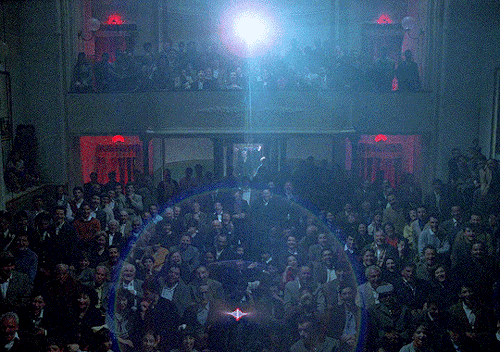
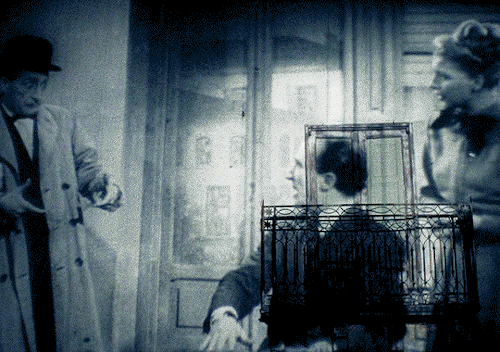
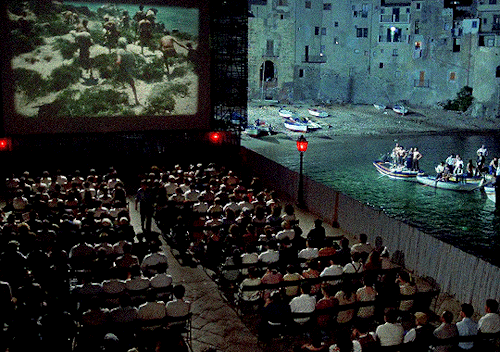
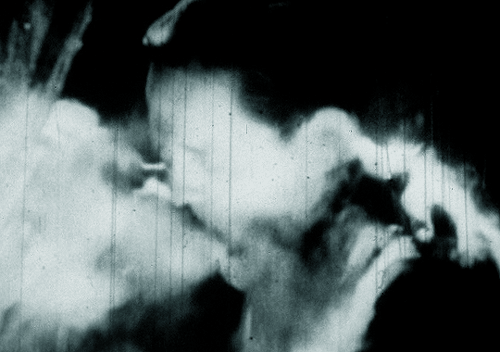
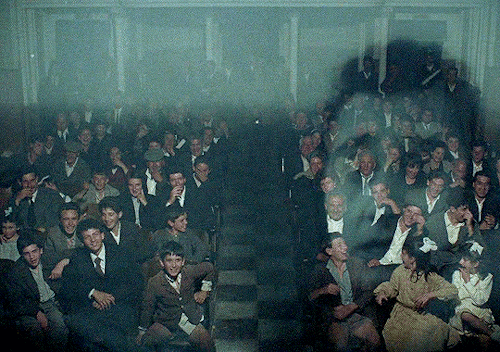

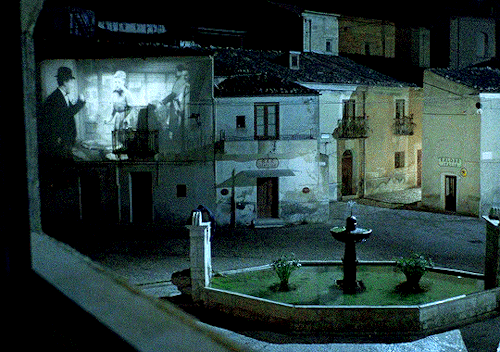
Whatever you end up doing, love it. The way you loved the projection booth when you were a little squirt. Cinema Paradiso (1988) dir. Giuseppe Tornatore
More Posts from I-lik3-giants and Others
people say ‘I love you’ in a lot of different ways
'eat something'
'buckle up'
'get some sleep'




What Famous Historical Leaders Would Look Like as Hipsters
What’s Up for November?

November weather can be challenging for backyard astronomers, but the moon is a reliable target, even when there are clouds.
Did you know that the moon takes about 29 days to go around the Earth once? It also takes the moon about 29 days to spin on its axis. This causes the same side of the moon to always face Earth.

On Nov. 3, the moon reaches last quarter when it rises at midnight and sets at noon. This is a great time to see the moon in the morning sky.

On Nov. 11, the new moon isn’t visible, because it’s between Earth and the sun, and the unlit side faces Earth. In the days after the new moon, the slender crescent gets bigger and brighter. Look just after sunset on Nov. 13 and 14 near the setting sun in the western sky.

The next phase on Nov. 19 is called the first quarter, because the moon has traveled one quarter of its 29-day orbit around Earth. The moon rises at noon and sets at midnight, so you can see it in the afternoon sky. It will rise higher in the sky after dark. That’s when you can look for the areas where four of the six Apollo missions landed on the moon! You won’t see the landers, flag or footprints, but it’s fun and easy to see these historic places with your own eyes or with binoculars.

To see the area: Look for three dark, smooth maria, or seas. The middle one is the Sea of Tranquility. Apollo 11 landed very near a bright crater on the edge of this mare in 1969. The Apollo 15, 16 and 17 landing areas form the points of a triangle above and below the Apollo 11 site.

On Nov. 25, you can see the full moon phase, which occurs on the 14th day of the lunar cycle. The moon will rise at sunset and will be visible all night long, setting at sunrise.

On Thanksgiving (Nov. 26), the 15-day-old moon will rise an hour after sunset. You may even see some interesting features! And this is a great time to see the impact rays of some of the larger craters.

Make sure to follow us on Tumblr for your regular dose of space: http://nasa.tumblr.com
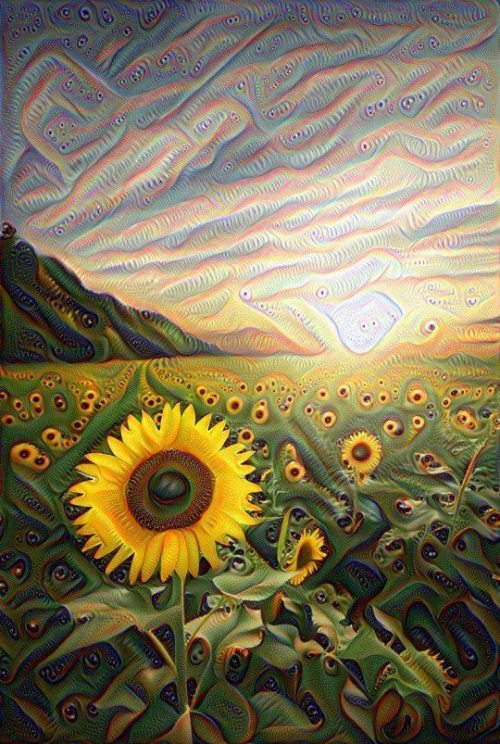
follow my facebook page —> psychedelic mind
follow my instagram –> https://instagram.com/mikemelrinho/






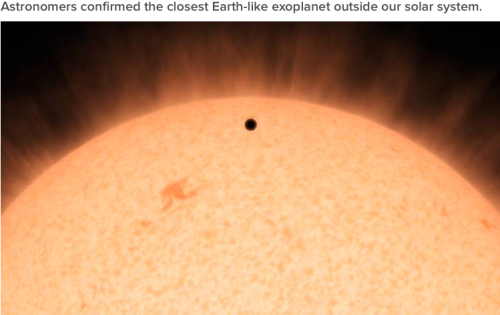


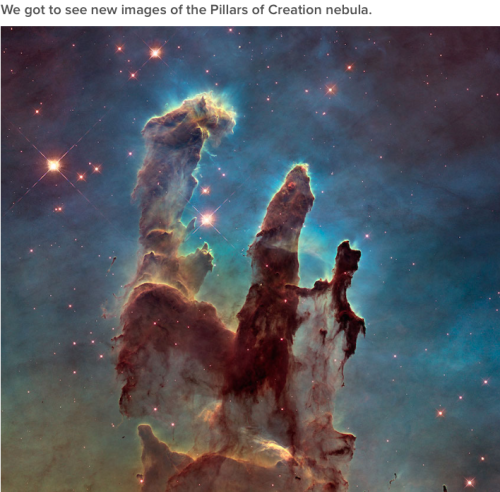
If you couldn’t tell already, NASA is having a great year. From Pluto to food grown in space, even in the face of budget cuts, the nation’s space agency had some stellar highlights. Most mysteriously of all, a spacecraft found two eerily bright lights on a distant dwarf planet.


Scientists Discovered Water On Mars!
Earlier today, September 28, NASA announced that they found signs of liquid water on Mars. How did they discover this, and what does this mean for the possibility of alien life on the Red Planet?

noodles in a onesie
i will not stop doing peace signs in photos until there is world peace
-
 pukashell liked this · 1 month ago
pukashell liked this · 1 month ago -
 themeasureofasim liked this · 1 month ago
themeasureofasim liked this · 1 month ago -
 somethinggggjdjdjdj liked this · 2 months ago
somethinggggjdjdjdj liked this · 2 months ago -
 nearsighted-calliope liked this · 4 months ago
nearsighted-calliope liked this · 4 months ago -
 cosmic-navel-gazin reblogged this · 5 months ago
cosmic-navel-gazin reblogged this · 5 months ago -
 applecherryandpears liked this · 6 months ago
applecherryandpears liked this · 6 months ago -
 moviebee liked this · 8 months ago
moviebee liked this · 8 months ago -
 harmcityherald reblogged this · 9 months ago
harmcityherald reblogged this · 9 months ago -
 signs-of-sleep reblogged this · 9 months ago
signs-of-sleep reblogged this · 9 months ago -
 signs-of-sleep liked this · 9 months ago
signs-of-sleep liked this · 9 months ago -
 wishlush reblogged this · 11 months ago
wishlush reblogged this · 11 months ago -
 demavend reblogged this · 11 months ago
demavend reblogged this · 11 months ago -
 janko77theotherone liked this · 1 year ago
janko77theotherone liked this · 1 year ago -
 carmelasoprano reblogged this · 1 year ago
carmelasoprano reblogged this · 1 year ago -
 353f3e reblogged this · 1 year ago
353f3e reblogged this · 1 year ago -
 revoltingdaughter reblogged this · 1 year ago
revoltingdaughter reblogged this · 1 year ago -
 revoltingdaughter liked this · 1 year ago
revoltingdaughter liked this · 1 year ago -
 carmelasoprano liked this · 1 year ago
carmelasoprano liked this · 1 year ago -
 onlythoughtdaughter reblogged this · 1 year ago
onlythoughtdaughter reblogged this · 1 year ago -
 riapertozeta liked this · 1 year ago
riapertozeta liked this · 1 year ago -
 indelicateink reblogged this · 1 year ago
indelicateink reblogged this · 1 year ago -
 satan999sposts liked this · 1 year ago
satan999sposts liked this · 1 year ago -
 quizblorg-quizblorg liked this · 2 years ago
quizblorg-quizblorg liked this · 2 years ago -
 rippermode liked this · 2 years ago
rippermode liked this · 2 years ago -
 baravaggio reblogged this · 2 years ago
baravaggio reblogged this · 2 years ago -
 witchplays reblogged this · 2 years ago
witchplays reblogged this · 2 years ago -
 themeetalivashisht liked this · 2 years ago
themeetalivashisht liked this · 2 years ago -
 nymphessence liked this · 2 years ago
nymphessence liked this · 2 years ago -
 kit-kittredges reblogged this · 2 years ago
kit-kittredges reblogged this · 2 years ago -
 persepinas liked this · 2 years ago
persepinas liked this · 2 years ago -
 dirchristophernolan reblogged this · 2 years ago
dirchristophernolan reblogged this · 2 years ago -
 voicesfromabove reblogged this · 2 years ago
voicesfromabove reblogged this · 2 years ago -
 solecitometafisico liked this · 2 years ago
solecitometafisico liked this · 2 years ago -
 lloouucchhee30s reblogged this · 2 years ago
lloouucchhee30s reblogged this · 2 years ago -
 imnotalwaysdreamingoftrains reblogged this · 2 years ago
imnotalwaysdreamingoftrains reblogged this · 2 years ago -
 july-19th-club liked this · 2 years ago
july-19th-club liked this · 2 years ago -
 2solaris-na4 reblogged this · 2 years ago
2solaris-na4 reblogged this · 2 years ago -
 zenibas reblogged this · 2 years ago
zenibas reblogged this · 2 years ago -
 grqntt reblogged this · 2 years ago
grqntt reblogged this · 2 years ago -
 gourmetpitsasshit liked this · 2 years ago
gourmetpitsasshit liked this · 2 years ago -
 moviev reblogged this · 2 years ago
moviev reblogged this · 2 years ago -
 dotglobal liked this · 2 years ago
dotglobal liked this · 2 years ago